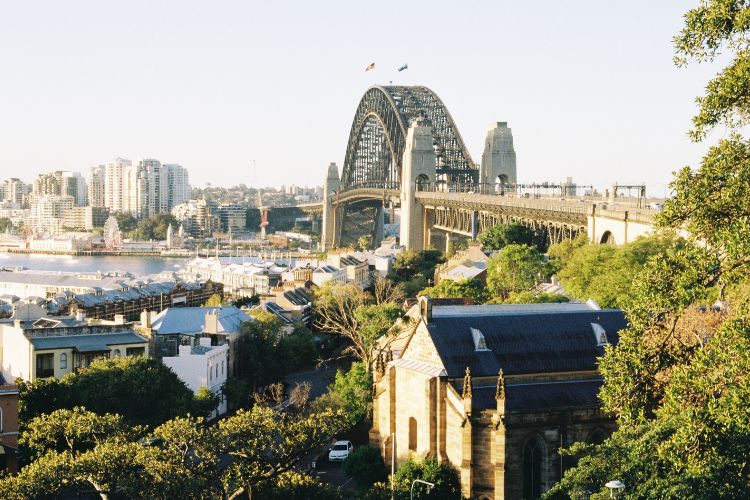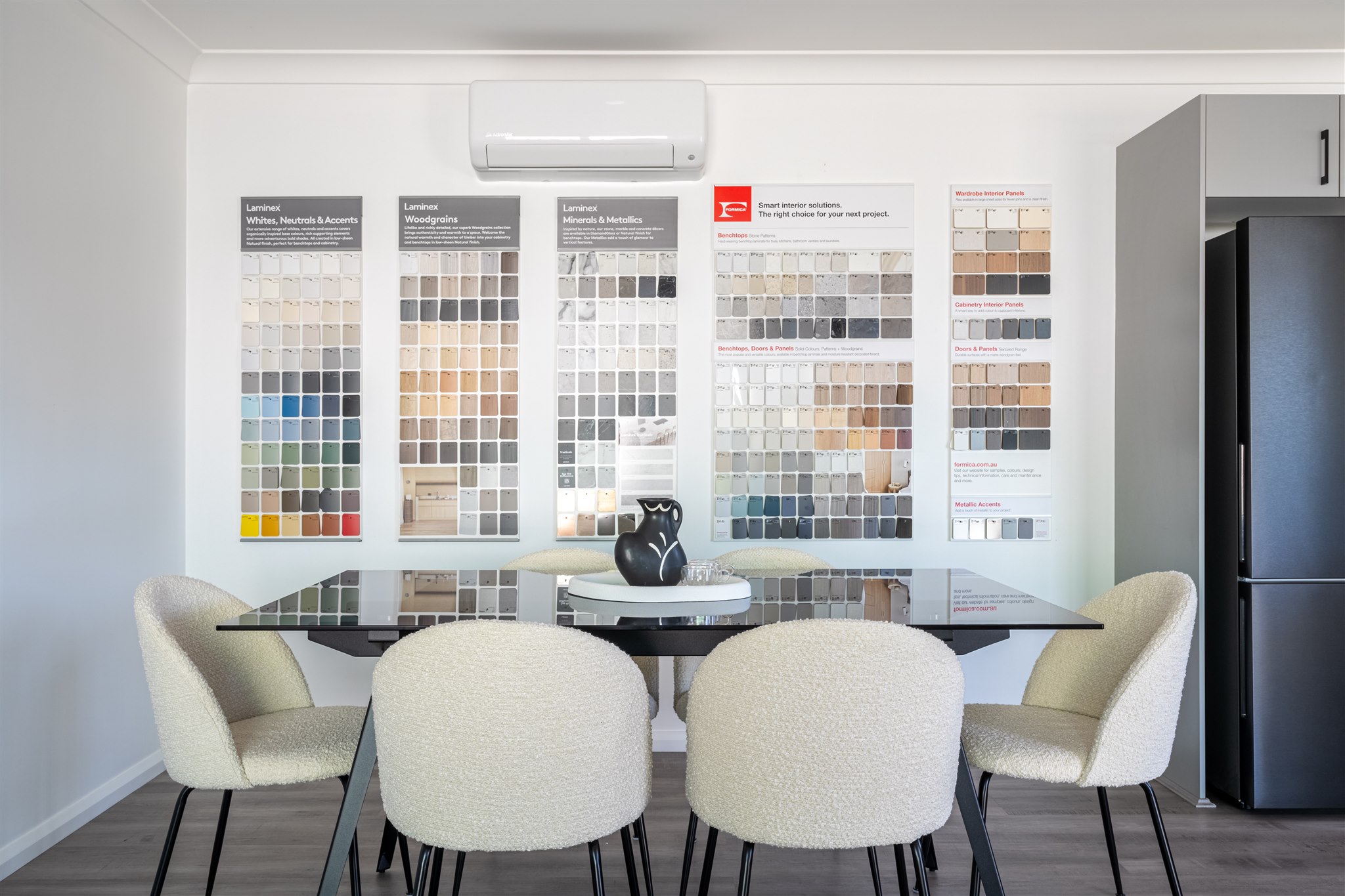



Get in touch
with us today…
Contact us for a private viewing to see a granny flat in your area today!

Employment Opportunities
We are always open to hiring motivated and creative workers who share our same passion to provide high-quality dwellings and attentive customer service.
If you are interested, please submit your details and resume.
The Differences Between Granny Flat Design in Rural NSW and the CBD

In Australia, 1 in 5 people live in a multigenerational home. In Sydney, it’s 1 in 4. While a lack of affordable rental housing is one driver, companionship and family support are other reasons family members are seeking proximity.
Even if you’re looking to build a Granny Flat as an investment rather than for a family member, there’s no denying their versatility is one reason they are becoming increasingly popular all across NSW, in both CBD areas and rural regions.
There are some differences in the key considerations you should make when building a Granny Flat in the city compared to a rural area of NSW. This encompasses varying design choices due to zoning rules, lifestyle requirements, and aesthetic preferences.
Understanding Granny Flats in Different Regions
Granny Flats, also known as secondary dwellings, are self-contained units situated on the same property as a main home. They can stand alone or be attached to the main home and while they normally house 1-2 people, some Granny Flats can have as many as 4 bedrooms, several bathrooms or be double-storey structures.
The benefits of building granny flats will differ depending on your location. For example, in urban locations, you may be limited in size due to setback restrictions. In rural settings, bushfire regulations may restrict the design or materials that can be used and affect the overall cost of the build.

Complying Development, Zoning Regulations and Local Council Building Codes
Rural Zoning
If it’s zoned anything other than residential, there may be restrictions on how your land can be used. If you live in a rural zone in NSW, the guidelines for building a Granny Flat are determined by your local council. You can check your local council’s environmental plan here.
Generally speaking, Granny Flats in rural areas have more flexibility in terms of design and size and as long as it doesn’t impair the use of the land for rural industries or impact its scenic amenity, second dwellings are normally allowed. The other important factor to consider when building a secondary dwelling on rurally zoned land is if it is located in a bushfire-prone zone.
CBD Zoning
Urban areas close to a CBD are more likely to have a greater amount of residential zoning. Secondary dwellings are permitted in residential zones (R1, R2, R3, R4, and R5) and are often built by obtaining a CDC (complying development certificate). This means they don’t require council approval under the State Environmental Planning Policy, as long as they comply with certain zoning regulations such as boundary setbacks and height limits.
You can find out if your block is a complying development in the ‘Getting Started’ section on our website. If your block doesn’t meet specific size constraints or is in a heritage zone or environmentally protected region, you can apply for a Development Application through your local council.
Lifestyle Considerations
Rural Lifestyle
A Granny Flat designed for a rural location will look and feel different from one designed for an urban location because it should take into account the lifestyle needs of its rural residents and consider the unique environment in which it’s located.
This might mean incorporating solar panels, rainwater tanks, or passive cooling systems to prioritise energy efficiency and water conservation. Or it can mean designing the home with more outdoor space to make the most of being further away from the main house.
CBD Lifestyle
A CBD-located Granny Flat that maximises space and incorporates privacy measures like soundproofing or private outdoor areas will always net more rent than one that’s poorly designed for a modern urban lifestyle. Granny Flats are often an opportunity for affordable rental housing but incorporating features like smart technology and additional parking will future proof your investment.
Aesthetic Considerations
Rural Aesthetic
Homeowners in rural areas generally prefer rustic designs and natural materials that help their secondary dwelling blend seamlessly into the natural landscape. However, this doesn’t mean foregoing modern materials entirely; instead, it involves striking a balance between durability and harmony with the natural environment.
Using locally sourced materials like stone and embracing contemporary architecture innovations like hemp not only helps slash Granny Flat construction costs, but it also allows the dwelling to blend into a rural neighbourhood naturally.
CBD Aesthetic
The first consideration when selecting a Granny Flat design in an urban setting should be the architecture of the existing home and the wider neighbourhood. A modern, box-like structure may feel out of place if your neighbourhood has many older, heritage-style homes.
However, because Granny Flats are normally located at the back of blocks, a modern, minimalist design can often be the right solution to achieve a sleek, inner-city abode with functionality that matches the main dwelling.

Cost Considerations
Rural Costs
While rural blocks of land are often less expensive than those closer to the CBD, the availability of tradespeople and materials can make Granny Flat construction more expensive in a rural area. Connecting to utilities or setting up systems to allow occupants to live ‘off-grid’ can also add to the cost of a Granny Flat when living rurally. Therefore, it’s wise to weigh these costs against potential rental income when considering a Granny Flat investment outside of a major city.
CBD Costs
The price of land in CBD areas is higher than in regional areas but if you have an existing home and are in need of extra space or are looking for passive income by renting out your Granny Flat, these secondary dwellings can be wise investment choices.
However, difficulties in accessing a site can often contribute to unforeseen costs, as can preparing the land for building. Therefore, these factors need to be accounted for within your Granny Flat design and budget.
Frequently Asked Questions
Can I build a Granny Flat on my rural property in NSW?
Whether you can build a Granny Flat on your rural property depends on how your land is zoned. If it’s zoned as residential, you can usually build a secondary dwelling by going through a complying development approval process. If it’s zoned something other than residential, you will have to look at the regulations of your local council. If you’re unsure, speak to a private certifier or reputable Granny Flat builder.
What is the difference between a Granny Flat and a townhouse?
A townhouse is a multi-level home that’s usually owned on a strata title. This means that while you own the home, you share the land with your neighbours. In comparison, a Granny Flat, whether stand-alone or attached to the main dwelling, cannot be subdivided and sold separately—it remains a part of the principal home.
What are the disadvantages of a Granny Flat?
As a resident of a Granny Flat, you don’t own the home—it belongs to whoever owns the main home. However, a Granny Flat offers affordable rental housing for those who don’t wish to be homeowners. As a homeowner, a Granny Flat can add value to the main dwelling, however, if you choose to rent to tenants, it will mean sharing your space.
What are the requirements for a Granny Flat in NSW?
A block of land can only have 1 Granny Flat and there must be a primary dwelling. A Granny Flat needs either state government approval by meeting complying development requirements or council approval by lodging a Development Application. To save you time and money, the expert approvals team at Granny Flat Solutions can prepare and submit all applications and documents to ensure your Granny Flat is constructed legally.
Discover for Yourself Why Granny Flats are so Popular Across NSW
A Granny Flat not only provides additional income if rented out but also increases the value of your property. Understanding the different requirements for rural NSW and CBD Granny Flats will ensure you maximise the potential of this new investment.
Finding a Granny Flat builder you can trust and who excels at what they do is crucial for securing a quality build that you’re happy with for decades to come. Interested in starting this exciting journey? Contact the team here at Granny Flat Solutions today.
Ready to start your building journey? Chat to our team of experts today and get a FREE personalised quote
Find Out More
“Experience the difference for yourself.”
Call 02 9481 7443 or contact us online now to book your free site inspection and quote.







